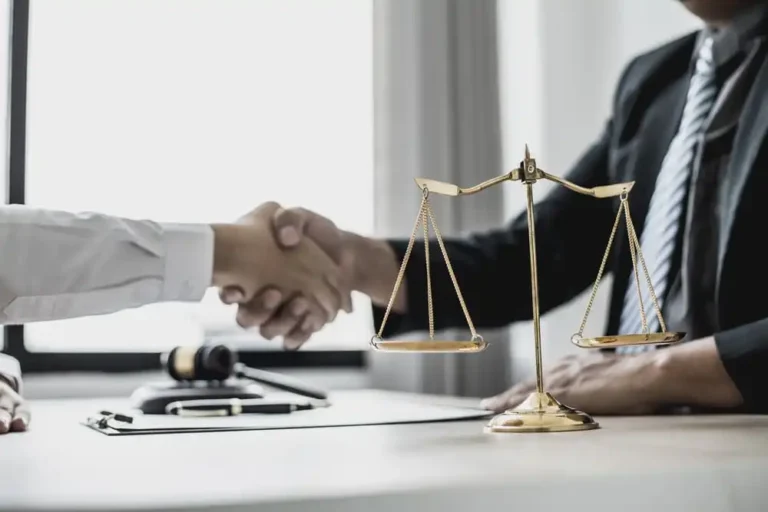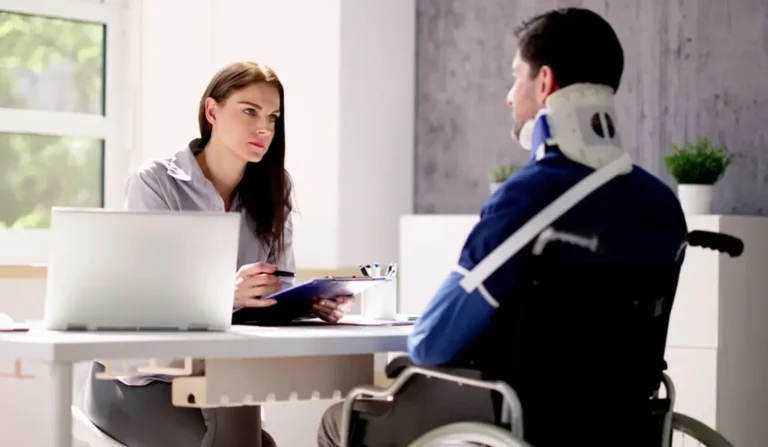Bicycle accidents can result in serious injuries, significant medical bills, and even long-term effects on your health and livelihood. If you’ve been involved in a bicycle accident, you may be entitled to compensation for your injuries, lost wages, medical expenses, and more. However, navigating the legal process to secure compensation can be complex and overwhelming. Understanding the steps involved in a bicycle accident claim can help alleviate some of that stress. Here’s a breakdown of the legal process for bicycle accident claims and what you can expect.
1. Seek Medical Attention Immediately
Your health and safety should always be the first priority after any accident, including a bicycle crash. Even if you feel fine after the accident, it’s important to seek medical attention immediately. Some injuries, such as internal bleeding or concussions, may not show symptoms right away but can have long-term effects if left untreated. Medical records will also play a crucial role in your claim, as they will document the extent of your injuries and help establish the connection between the accident and your injuries.
2. Report the Accident to the Authorities
Filing a police report is a critical step in the legal process. If your bicycle accident involved a motor vehicle, it’s essential to report the incident to local law enforcement. The police will investigate the scene, document the details of the accident, and create a report that will be an essential part of your case. This report may include information about the location, time, involved parties, and potential witnesses, all of which can help in establishing liability.
3. Gather Evidence from the Accident Scene
Collecting evidence at the scene of the accident is one of the most important steps you can take in building your case. Take photos of the accident scene, including the location of your bicycle, any damaged vehicles, and any visible injuries. If there are any traffic signs, skid marks, or road hazards that contributed to the accident, be sure to document them as well. Obtain the contact information of any witnesses who saw the accident take place. This evidence will help establish the facts of the incident and support your claim.
4. Consult with a Bicycle Accident Lawyer
After your accident, it’s highly recommended to consult with a bicycle accident lawyer who can guide you through the legal process. An experienced attorney specializing in bicycle accidents will have a deep understanding of the laws surrounding cycling and can help you understand your rights and options. They can advise you on whether you should file a claim, what type of compensation you may be entitled to, and how to proceed with your case. Having a lawyer on your side ensures that you have someone advocating for your best interests.
5. Determine Liability and Negligence
To move forward with a claim, it’s essential to establish who was at fault for the accident. In bicycle accident cases, liability can sometimes be complex, especially if multiple parties are involved. A skilled lawyer will work to determine who is responsible for the accident, which may include drivers, road maintenance authorities, or even manufacturers of defective bicycle parts. Proving negligence is often the key to a successful claim. If the other party failed to exercise reasonable care, such as a driver running a red light or failing to yield, they may be deemed negligent.
6. Negotiate With Insurance Companies
Once liability is determined, your lawyer will typically begin negotiations with the responsible party’s insurance company. The goal of these negotiations is to reach a fair settlement that compensates you for your injuries, medical expenses, lost wages, and pain and suffering. Insurance companies often try to settle claims quickly and for less than they are worth, so having an experienced lawyer negotiate on your behalf can ensure you receive a fair offer.
Your lawyer will review any settlement offers carefully and advise you on whether it’s in your best interest to accept. If a fair settlement cannot be reached through negotiation, your lawyer may recommend pursuing legal action by filing a lawsuit.
7. File a Lawsuit (If Necessary)
If negotiations with the insurance company don’t lead to a fair settlement, your lawyer may recommend taking legal action by filing a lawsuit against the responsible party. This involves submitting a complaint to the court, outlining the facts of the case, and requesting compensation for your damages. Lawsuits can be time-consuming, but if it’s the best course of action to obtain the compensation you deserve, your lawyer will be there to guide you through every step.
8. Discovery Process
During the lawsuit, both sides will enter the discovery phase, where they exchange information and evidence related to the case. This can include witness statements, medical records, accident reports, and expert testimonies. Your lawyer will work to gather all necessary evidence to strengthen your case and prepare for trial. It’s also during this phase that depositions may occur, where parties involved in the case are questioned under oath.
9. Trial and Resolution
If the case proceeds to trial, a judge or jury will determine the outcome. Your lawyer will present evidence, cross-examine witnesses, and make legal arguments to support your case. However, the majority of personal injury cases, including bicycle accidents, are settled before trial through mediation or settlement negotiations.
If your case does go to trial and you win, you may be awarded compensation for your injuries. In some cases, the responsible party may be ordered to pay additional punitive damages if their actions were particularly reckless or egregious.
10. Receiving Compensation
If your case is successful, either through settlement or trial, you’ll be awarded compensation for your damages. This can include compensation for medical bills, lost wages, pain and suffering, emotional distress, and other costs related to the accident. Your lawyer will ensure that you receive the maximum amount possible to cover both current and future expenses related to your injuries.
Conclusion
The legal process for bicycle accident claims can seem daunting, but with the help of an experienced attorney, you can navigate each step with confidence. From gathering evidence and determining liability to negotiating with insurance companies and potentially filing a lawsuit, a lawyer will be your advocate every step of the way. By understanding the legal process, you can ensure that your rights are protected and that you receive the compensation you deserve for your injuries and losses. If you’ve been involved in a bicycle accident, contact a bicycle accident lawyer today to begin your journey toward recovery.



